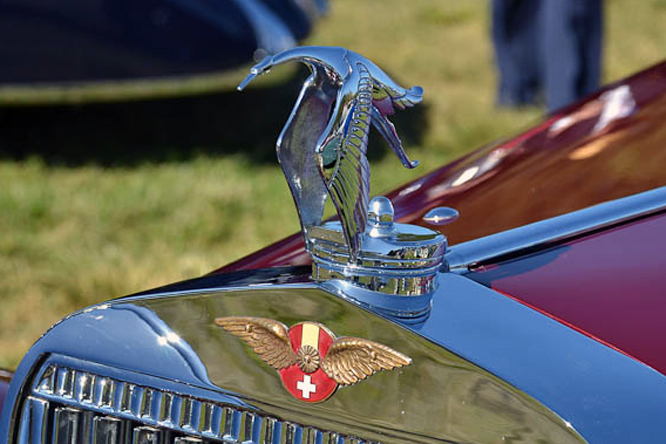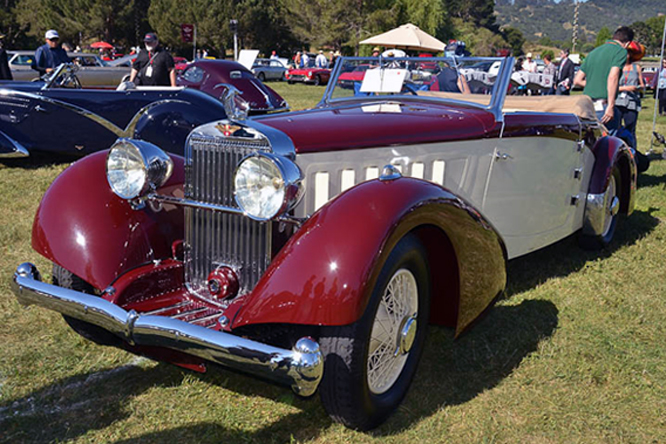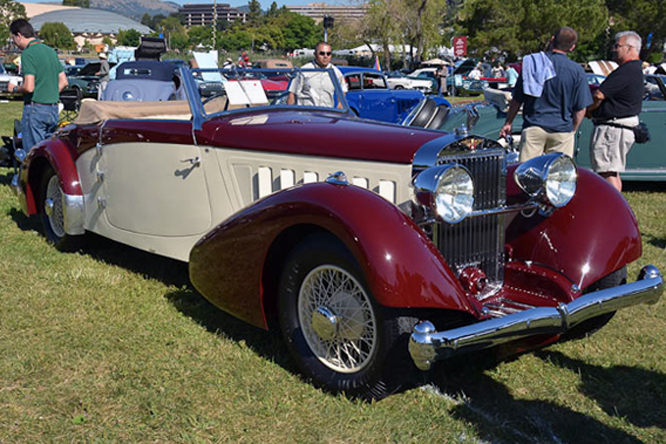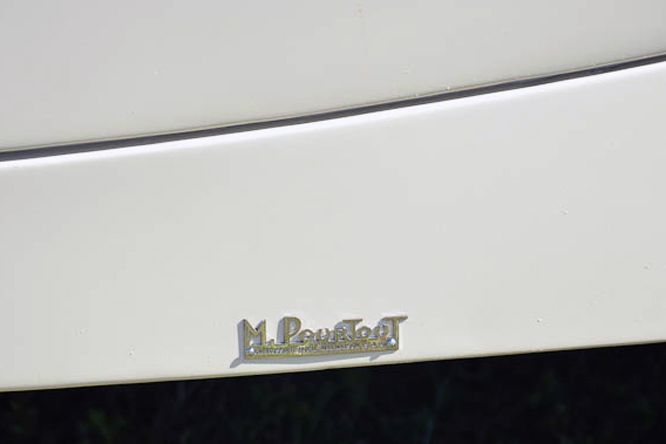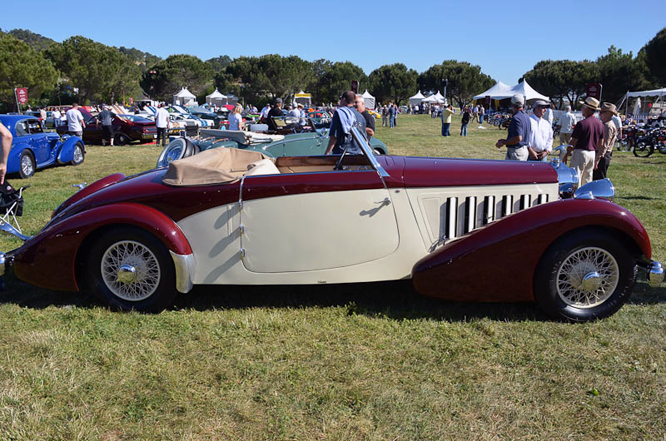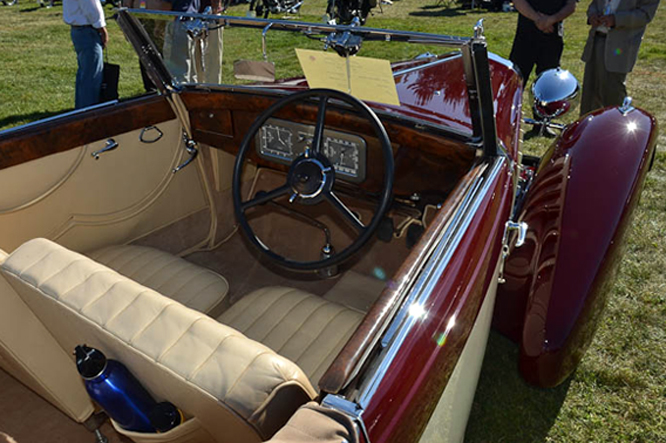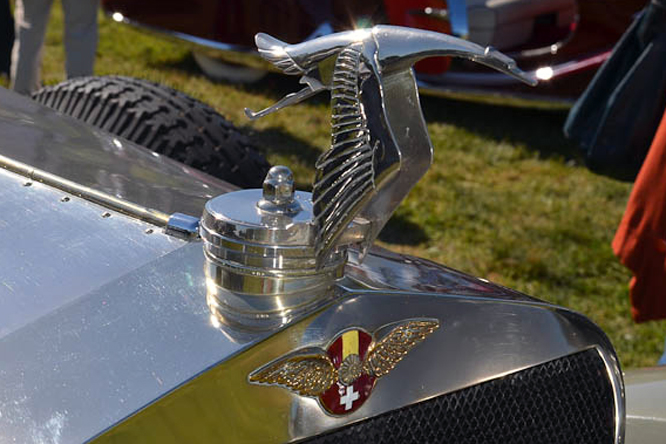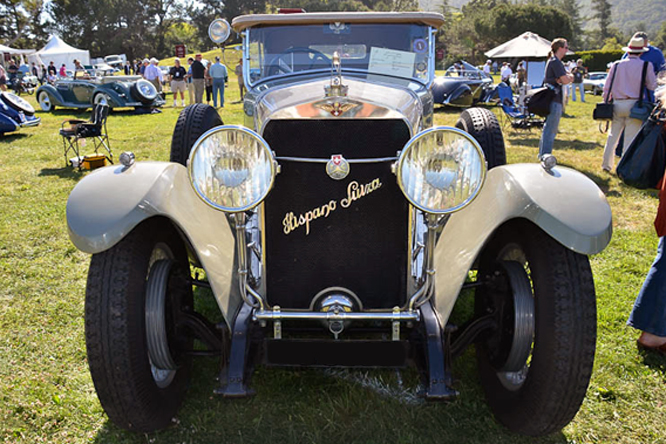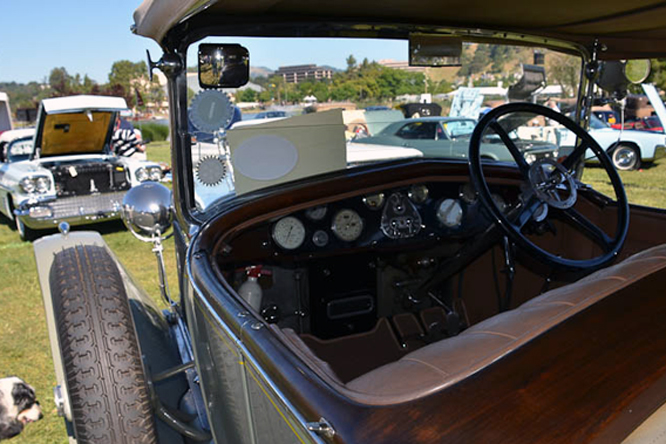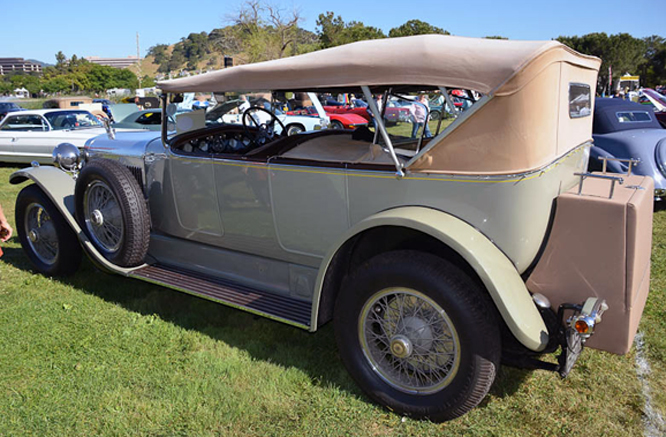The motor powering Robin Baker’s 2 speed, chain drive 1930 Hispano Amilcar Special is a 1916 Hispano Suiza V8 aircraft engine.
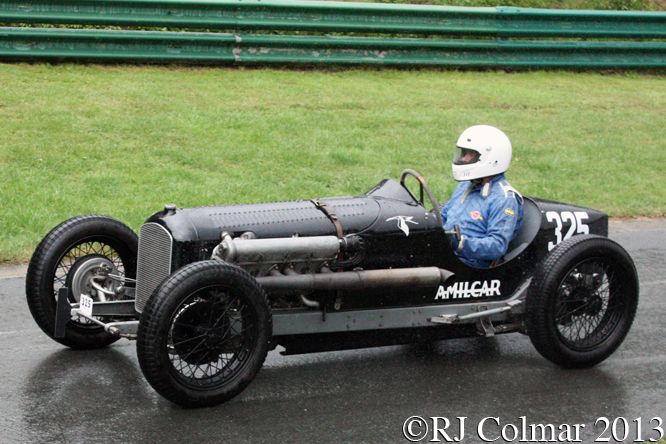
Marc Birkigt’s HS8 design with a swept volume of 11,760 cc / 717 cui originally produced 140hp and was only accepted for use by the French Military after it had passed a 50 hour full speed test, more than three times longer than any comparable test held hitherto.
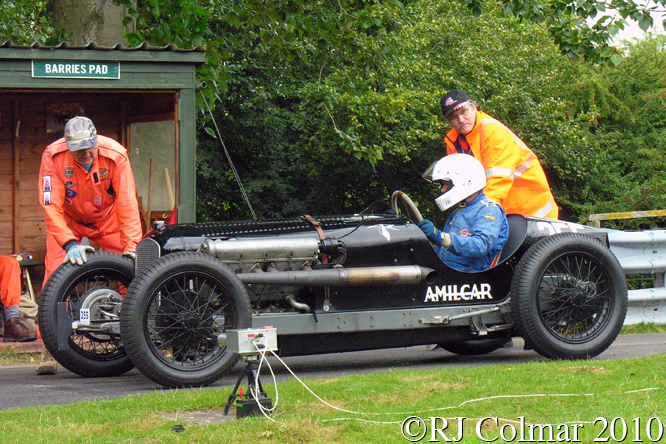
After demonstrating it’s major leap in reliability a new SPAD S.VII fighter was quickly designed around the new motor which helped the Entente, British, French and Russian, air forces regain air superiority during the 1914-18 war.
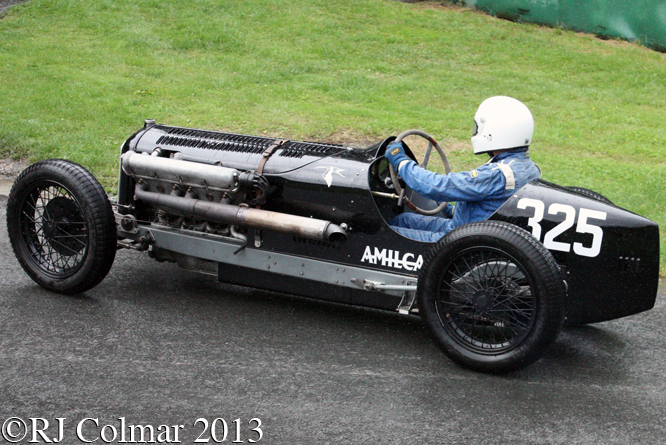
By the time production of HS8 motors ceased in the mid 1920’s they were producing 300hp and they had been built under licence in 21 different factories under licence in Spain, France, Britain, Italy, and in the United States where they were recognised as superior to the Curtiss OX5 V8.
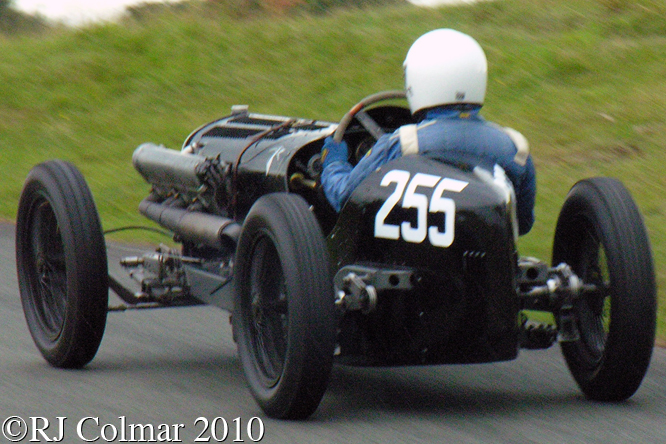
By 1930 I believe the only Amilcar chassis being built large and substantial enough to carry a 185 kg / 407 lbs HS8 would probably have been a C8 which would have originally been fitted with a 2 liter / 122 cui or 2.3 litre / 140 cui straight 8.
Thanks for joining me on this “Major Reliability Leap” edition of “Gettin’ a li’l psycho on tyres” I hope you will join me again tomorrow when I’ll be visiting the Avenue Drivers Club. Don’t forget to come back now !


